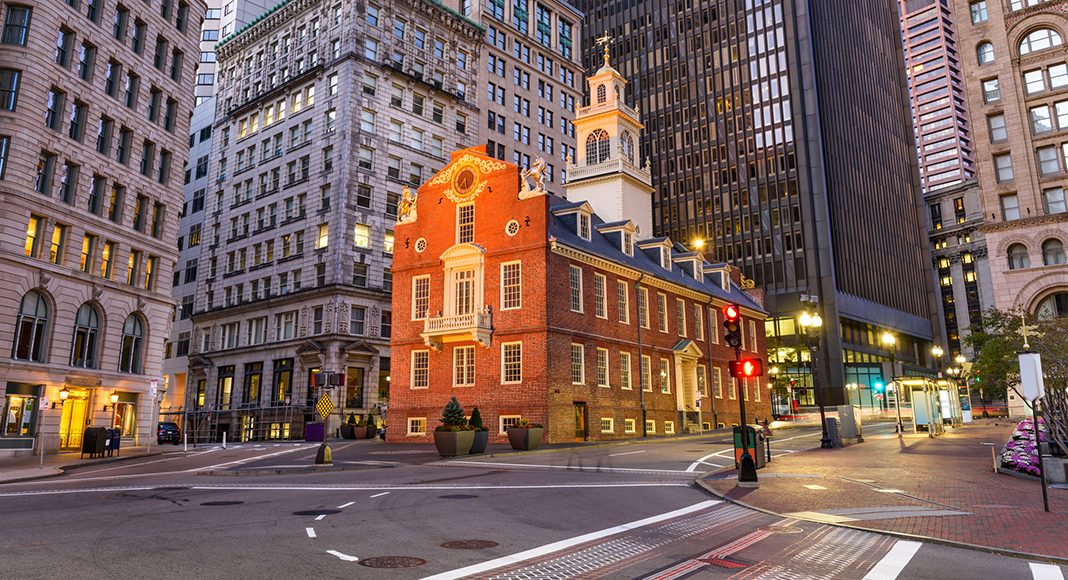Lowering the speed limit by 5 mph on city streets can successfully reduce the speed of vehicles, according to new research by the Insurance Institute for Highway Safety (IIHS).
The IIHS study focused on Boston, which lowered the default speed limit on city streets from 30 mph to 25 mph beginning January 9, 2017, and publicized the change via advertisements, social media and traditional media outlets. The city’s move came after the Massachusetts legislature in 2016 amended state law to allow cities and towns to lower speed limits from 30 mph to 25 mph on municipal roads in densely populated areas or business districts.
Researchers looked at vehicle speeds in Boston before and after the lower limit took effect and compared them to control sites in Providence, Rhode Island, where the speed limit remained the same.
In Boston, researchers found a 29.3 percent decline in the odds of speeding for vehicles traveling faster than 35 mph. The odds of speeding fell by 8.5 percent for vehicles going faster than 30 mph and 2.9 percent for vehicles exceeding 25 mph.
‚ÄúWe found significant reductions in the odds of vehicles in Boston exceeding 25 mph, 30 mph and 35 mph associated with the reduced speed limit, and the decline was biggest for the odds of vehicles exceeding 35 mph,‚ÄĚ said IIHS President David Harkey.
High travel speeds increase the risk of crashing and the risk of injuries when a crash occurs. Speeding, defined on police crash reports as exceeding the posted speed limit, driving too fast for conditions, or racing has been a factor in more than a quarter of U.S. crash deaths for more than 30 years.
‚ÄúSpeeding occurs on roads of all types, not just highways and freeways,‚ÄĚ said Harkey. ‚ÄúEven on lower speed roads, speeding can have deadly consequences, especially for pedestrians and bicyclists. Some cities are lowering speed limits to reduce the risks for these vulnerable road users, who are increasingly dying in crashes.‚ÄĚ
While the study didn’t examine how lowering the speed limit affected crashes in Boston, Harkey said that was a next step.



















